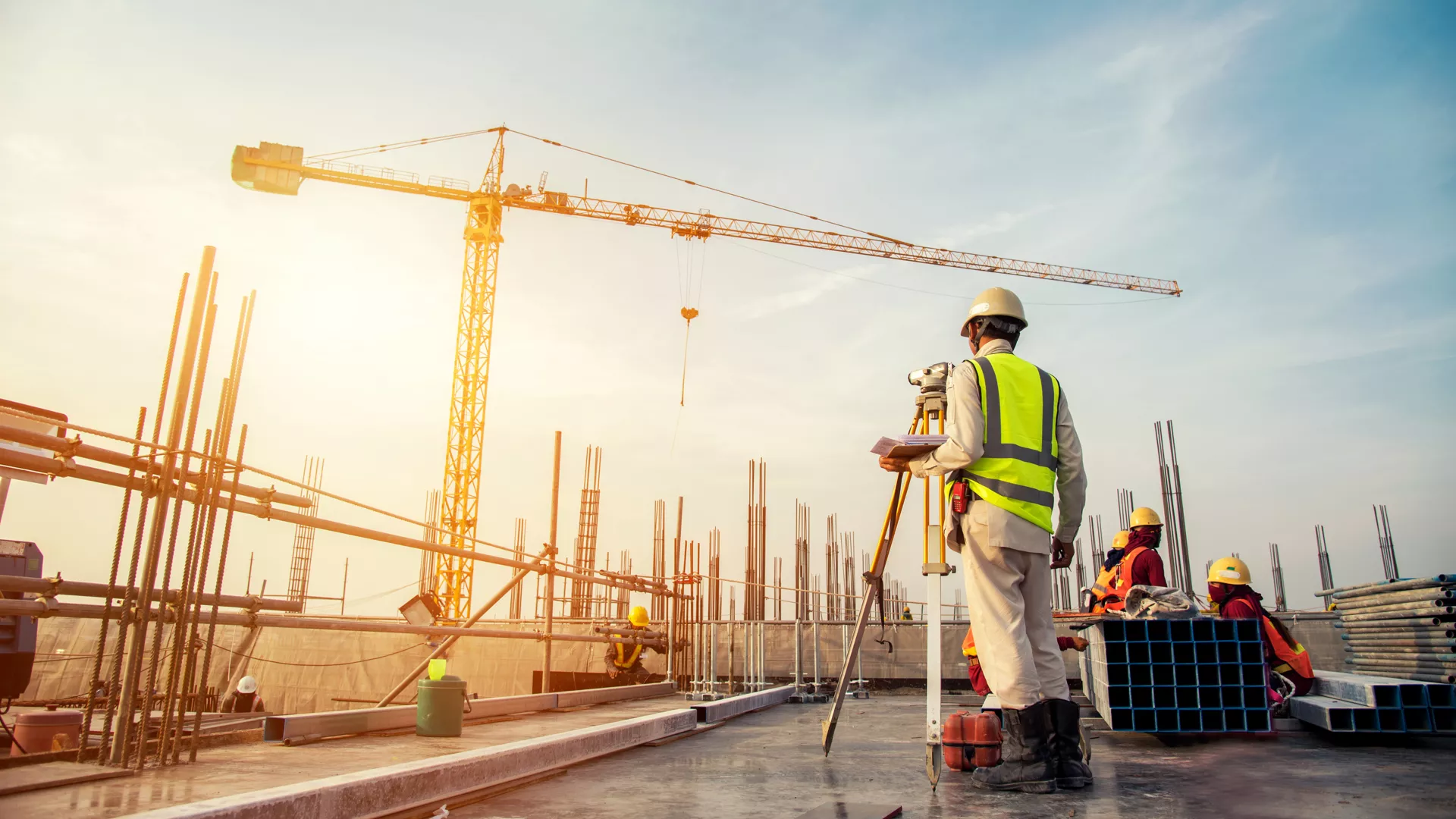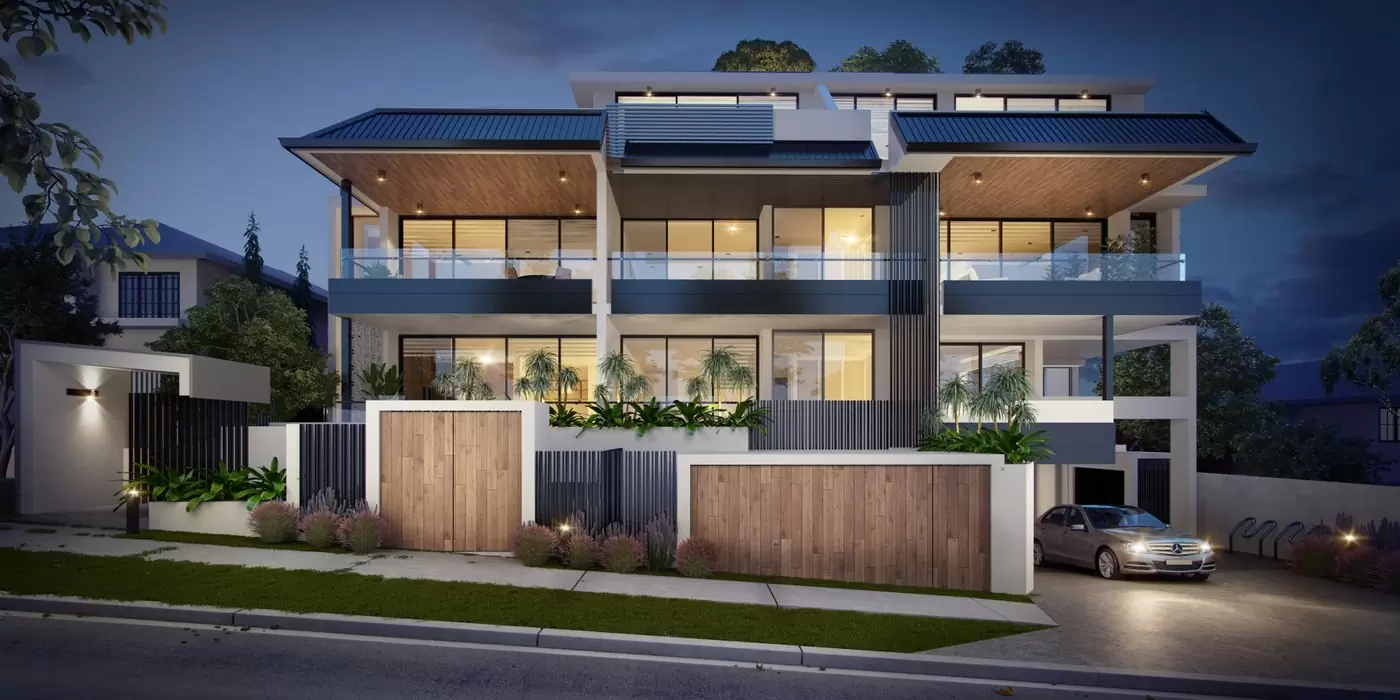Sustainable Materials for Modern Commercial Construction Projects

In today’s world, the construction industry is shifting towards sustainability. With rising awareness about climate change, pollution, and energy consumption, modern commercial construction projects are now focusing on using sustainable materials. These materials not only help protect the environment but also improve the long-term performance of buildings.
This blog will guide you through the most important sustainable materials used in commercial construction. We’ll also look at how these materials are being used in Pakistan, what benefits they offer, and why they are becoming essential in today’s construction projects.
What are Sustainable Materials?
Sustainable materials are those that have a minimal impact on the environment throughout their life cycle — from production to use to disposal. These materials are often recyclable, energy-efficient, locally sourced, and long-lasting. They reduce the carbon footprint and help save natural resources.
Some key features of sustainable materials include:
- Low energy use during manufacturing
- Recyclability or biodegradability
- Durability and long life
- Non-toxic and safe for indoor use
- Locally available to reduce transport emissions
Why Sustainability Matters in Commercial Construction?
Commercial buildings like plazas, hospitals, schools, shopping malls, and offices consume a lot of resources. Traditional materials like cement and steel produce large amounts of carbon dioxide during manufacturing. This leads to high emissions and contributes to global warming.
In countries like Pakistan, where the construction sector is growing rapidly, shifting to eco-friendly materials can reduce energy bills, improve building performance, and lower maintenance costs. Also, with power shortages and rising electricity prices, sustainable construction becomes even more important.
Common Sustainable Construction Materials
Let’s explore some of the most commonly used sustainable materials that are suitable for commercial construction projects in Pakistan and worldwide.
Fly Ash Bricks
Fly ash is a waste product from coal-fired power plants. In Pakistan, it is available from many thermal power stations. Fly ash bricks are made by mixing fly ash, cement, lime, and gypsum.
Benefits:
- Reduces use of clay bricks, which consume topsoil
- Lower cost compared to traditional bricks
- Strong, lightweight, and better thermal insulation
Reuses industrial waste
These bricks are ideal for office buildings, plazas, and boundary walls.
Bamboo
Bamboo is one of the fastest-growing plants in the world. In regions like Azad Kashmir, Gilgit-Baltistan, and parts of Punjab, bamboo grows naturally. It’s now being used in both rural and urban construction.
Benefits:
- Renewable and grows quickly
- Strong and flexible
- Low cost and widely available
- Ideal for roofing, flooring, and interior decoration
In commercial construction, bamboo can be used in ceilings, temporary structures, and design elements like partitions.
Learn more: https://sheltersengineering.com/home-renovation-costs-guide/
Recycled Steel
Steel is highly durable and can be recycled multiple times without losing its strength. Using recycled steel in commercial projects helps reduce the demand for new steel, which requires high energy to produce.
Benefits:
- Strong and long-lasting
- Recyclable and reusable
- Resistant to pests and fire
- Saves cost on new material
It’s commonly used in beams, columns, window frames, and roof structures.
Rammed Earth
Rammed earth is a technique where natural soil mixed with stabilizers (like lime or cement) is compacted to form solid walls. This ancient method is now being reintroduced in eco-conscious buildings.
Benefits:
- Natural insulation
- Reduces the need for cement and bricks
- Very durable if properly built
- Gives a unique aesthetic look
In Pakistan, it’s gaining popularity in green buildings and low-cost commercial structures.
Solar Panels and Solar Tiles
Although not a “material” in the traditional sense, solar technology is a key part of sustainable construction. With Pakistan’s strong sunlight, solar panels and tiles are excellent for powering commercial buildings.
Benefits:
- Reduces electricity bills
- Clean energy source
- Low maintenance
- Increases property value
Solar tiles are being used in modern construction for both roofs and façades.
Recycled Concrete and Aggregates
When old buildings are demolished, the concrete can be crushed and reused in new construction. This reduces landfill waste and the need for fresh gravel and sand.
Benefits:
- Saves natural resources
- Lowers construction waste
- Cost-effective
- Suitable for road bases, pavements, and subfloors
It’s especially useful in urban projects where space and materials are limited.
Low-VOC Paints and Finishes
VOC stands for Volatile Organic Compounds. Many traditional paints release harmful chemicals into the air. Low-VOC paints are safer and more sustainable.
Benefits:
- Better indoor air quality
- Less harmful to workers and occupants
- Environmentally friendly
- Available in many colors and types
Ideal for hospitals, schools, offices, and any place with high foot traffic.
Terracotta and Clay Products
Local clay products like terracotta tiles, pots, and blocks are traditional yet eco-friendly. They are made from natural clay and baked in kilns.
Benefits:
- Natural and non-toxic
- Great insulation properties
- Locally made, supporting small businesses
- Durable and easy to maintain
These are commonly used in facades, flooring, and decorative features in commercial buildings.
Challenges and Future in Pakistan
While sustainable construction is gaining ground, there are some challenges:
- Lack of awareness and training
- Higher initial costs
- Limited supply of green materials
- Resistance to change from traditional builders
However, with growing urbanization and rising energy costs, the demand for sustainable materials will continue to rise. Government policies, green certifications, and public awareness campaigns can help promote the use of eco-friendly materials.
Conclusion
Sustainable materials are the future of commercial construction. From recycled steel to bamboo and clay tiles, these materials are not only good for the planet but also provide long-term savings and durability. In Pakistan, there is huge potential to adopt these materials in modern commercial projects — whether it's a shopping mall in Lahore, an office in Islamabad, or a school in Multan.
By choosing sustainable options, builders can create healthier, smarter, and more responsible buildings. It’s time to think beyond bricks and cement, and move towards a future built with care for both people and the environment.
Get more information about this: https://sheltersengineering.com/
Note: IndiBlogHub features both user-submitted and editorial content. We do not verify third-party contributions. Read our Disclaimer and Privacy Policyfor details.




